Only a few months after the discovery of nuclear fission on December 17, 1938, the military potential of nuclear power became apparent, and the race to develop an atomic bomb began.
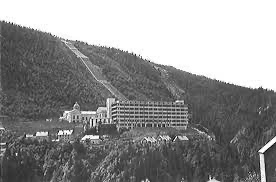
Germany began its nuclear-weapons development program in April 1939. During their research for a nuclear reactor, the scientists discovered that deuterium oxide, also known as “heavy water” because it has a higher molecular weight than regular water, performed well as a moderator, allowing them to have greater control over the fission process than they had previously thought.
There was only one area on the planet capable of creating heavy water on an industrial scale: Norsk Hydro’s Vemork hydroelectric power plant in southern Norway, which was built in the 1960s. Heavy water was produced as a byproduct of the plant’s primary function, which was to manufacture ammonia for use in nitrogen fertilizer.
As early as January 1940, German officials inquired about the possibility of purchasing the whole Norsk Hydro heavy water storage and increasing the plant’s monthly output by a factor of ten to fulfill German demand.
This defeat only temporarily hampered the Nazis. Germany attacked Norway precisely one month later and seized the country by the beginning of June. Vemork, now under German control, raised its heavy-water output BY 50%.
In collaboration with the Norwegian Resistance, the Special Operations Executive (SOE) devised a plan for two squads to be dropped into Norway simultaneously.
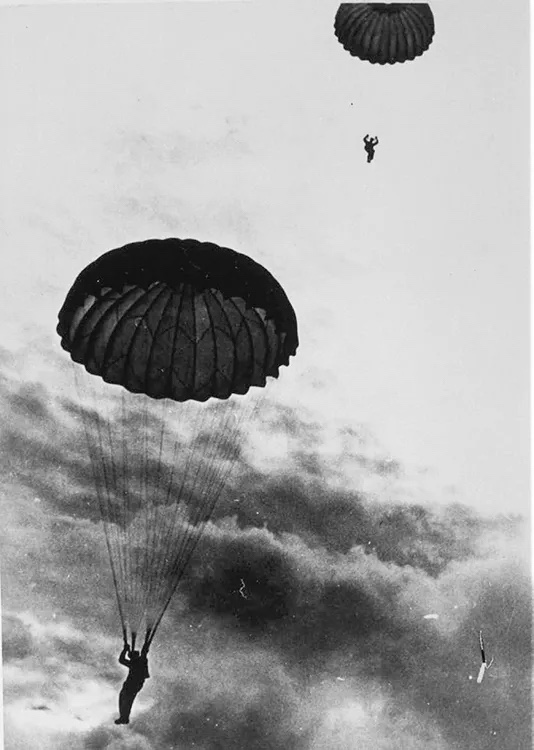
The first, codenamed Operation Grouse, was composed of four Norwegian commandos. They were to parachute into Norway, conduct reconnaissance, and secure a landing zone for a 34-man team of British commandos, codenamed Operation Freshman, who would land in two gliders and then assault the plant, destroying the 18 electrolysis cells that produced heavy water.
The launch of Grouse took place on October 18, 1942. During the next three weeks, the group trekked to Freshman’s intended landing place, which they finally reached on November 9. Operation Freshman was officially initiated on November 19. An aircraft carrying a glider crashed after experiencing mechanical issues and poor weather, killing the flying crew and several commandos on board. When the bomber towing the second glider decided to cancel the operation, the cable attached to it snapped, leading it to crash as well.
In response to Hitler’s Commando Order, survivors from both gliders were apprehended and executed by the Germans. The loss of 41 soldiers resulted in enhanced security at Vemork, including land mines on the surrounding mountains, and the Grouse crew was trapped and forced to fend for itself.
Norway’s Operation Gunnerside was planned to drop a team of six Norwegian commandos into Norway to hook up with members of the Grouse squad. They would be dressed as British soldiers, so the Germans would not retaliate against the locals if captured.
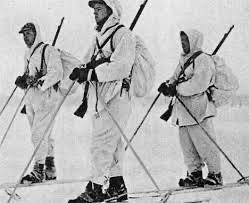
The unit parachuted into Norway on February 16, 1943; it would take them five days trekking thru waist-deep snow to join up with the Grouse team on February 22. On February 27, nine members of both teams embarked on their journey to Vemork, with one member remaining behind to connect with their counterparts in Great Britain.
On reaching the plant’s perimeter, they discovered that the bridge, which served as the only direct entry point into the complex, was now heavenly guarded because of the failed British raid. Currently, the only way in was to follow the railway (the only place not mined) and to reach the railway gate, and the team had to drop 350 feet into a riverine and then climb an almost 500-foot rock face to gain access to the complex’s rear entrance through a fenced railway gate. As soon as they arrived, the guards changed shifts, and they could cut their way through the barrier just after midnight.
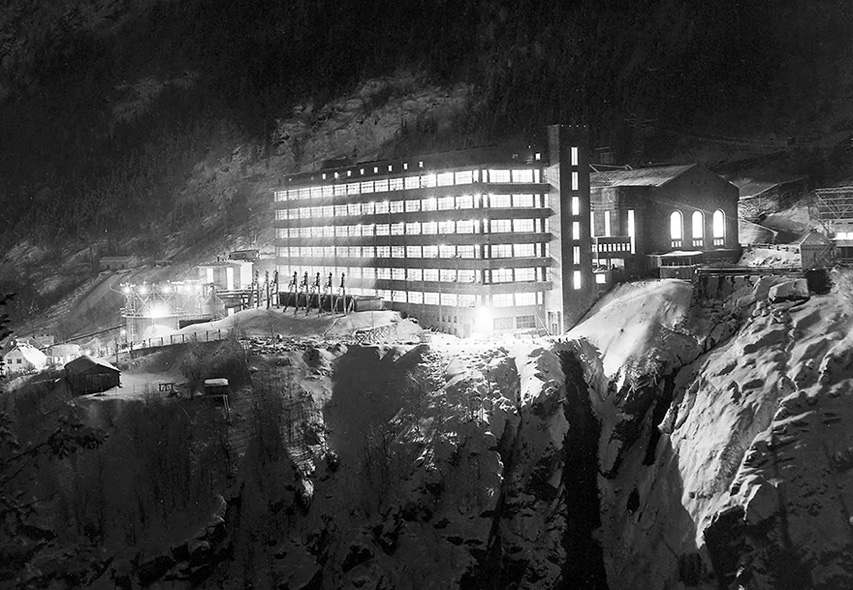
Once inside, the group was divided into two sections. During the attack, five commandos took up positions outside the barracks, the bridge, and the main gate, while the remaining four entered the factory. In the building, they came across only one Norwegian employee, who didn’t put up any resistance or raise the alarm.
The target chamber, which was in the basement, was rigged with explosives. The members of the team were evacuated and were waiting for the blast. It was possible to escape because the room was so far underground, and the walls were so thick because there was little noise when the bombs went off, allowing the entire team to flee before the Germans discovered what had happened. As they rushed through the barracks, they could hear the muffled crump of the explosion ahead of them. At the factory, sirens began to blare shortly after. When German soldiers raced out of the barracks and workers scattered in confusion, the saboteurs had vanished out of the picture. A hunt involving 2,800 soldiers was conducted throughout the area. However, by the time the sun rose, the saboteurs had already embarked on a 280-mile journey across forests and mountains to neutral Sweden.
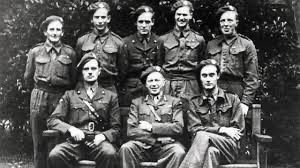
The commandos demolished the electrolysis cells and more than 500 kg of heavy water in the process. They could flee without firing a single shot or inflicting any fatalities on the other side. By May, the Germans had repaired the damage, but successive Allied air raids had prevented the company from ramping up production. Eventually, the Germans halted all heavy water production and attempted to divert the remaining supplies to the country’s borders.


The plant was built in 1911, I believe – not after WWII, in 1960.
Ya not sure how that mistake got past me. I knew it was 1911
Norsk Hydro’s Vemork hydroelectric power plant in southern Norway, was built in 1911. Not the 1960’s. Ha! Maybe a mix-up of other articles that you are working on.
Check out the book and the TV series “The Real Heroes of Telemark” by British bushcraft and survival expert Ray Mears for a really great in-depth look at this operation.
There is also a series on Amazon Prime called ‘The Heavy Water Wars’. A little cheesy being “made for TV” but entertaining enough.
Great article! I thought the 4 man team from Operation Grouse was going to try to exfiltrate and that would’ve been difficult enough. That they survived, waited until a sister team joined them, completed their mission without raising an alarm, then successfully escaped is incredible.
Small observation: besides the built in 1906 typo, it seems like there’s some text missing between the 4th and 5th paragraph; might be something about some effort to deny the Germans the heavy water before Norway was invaded?